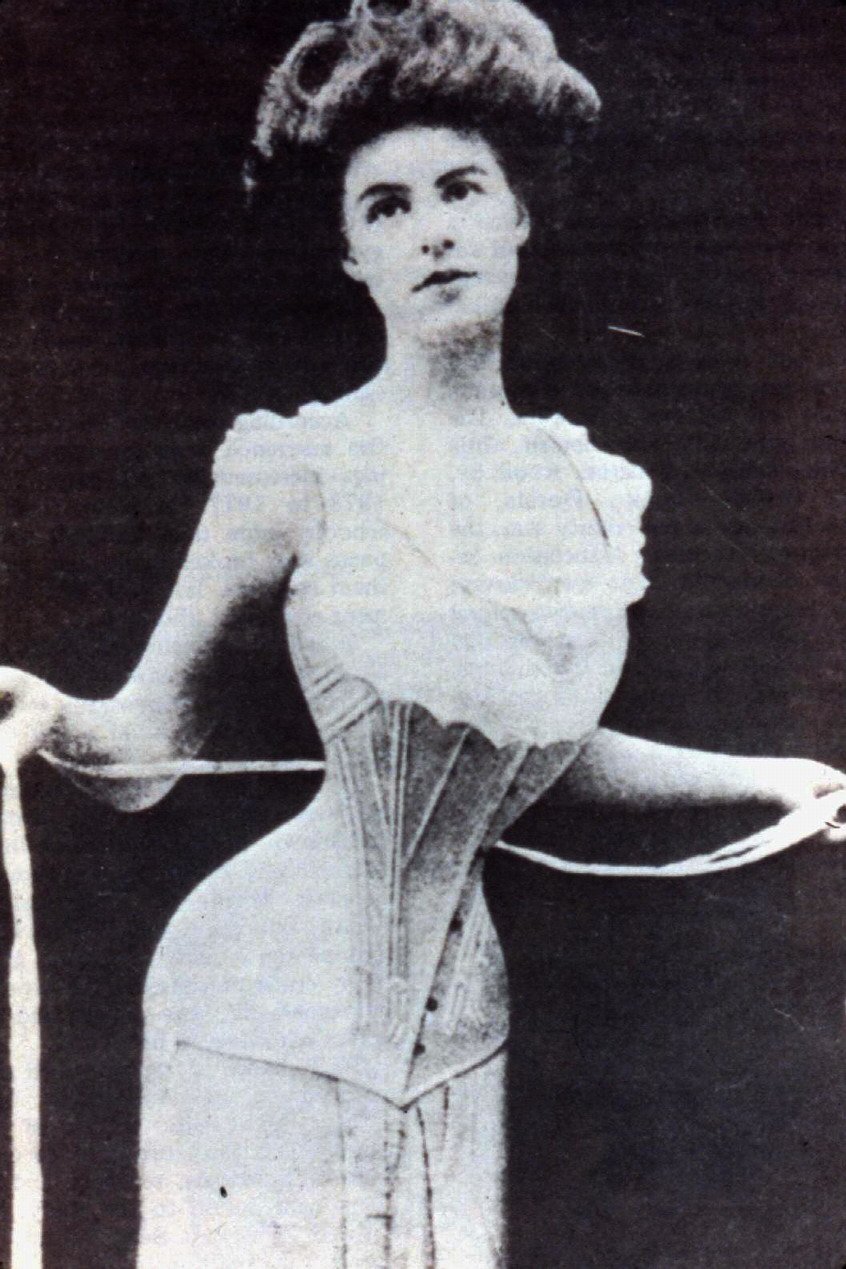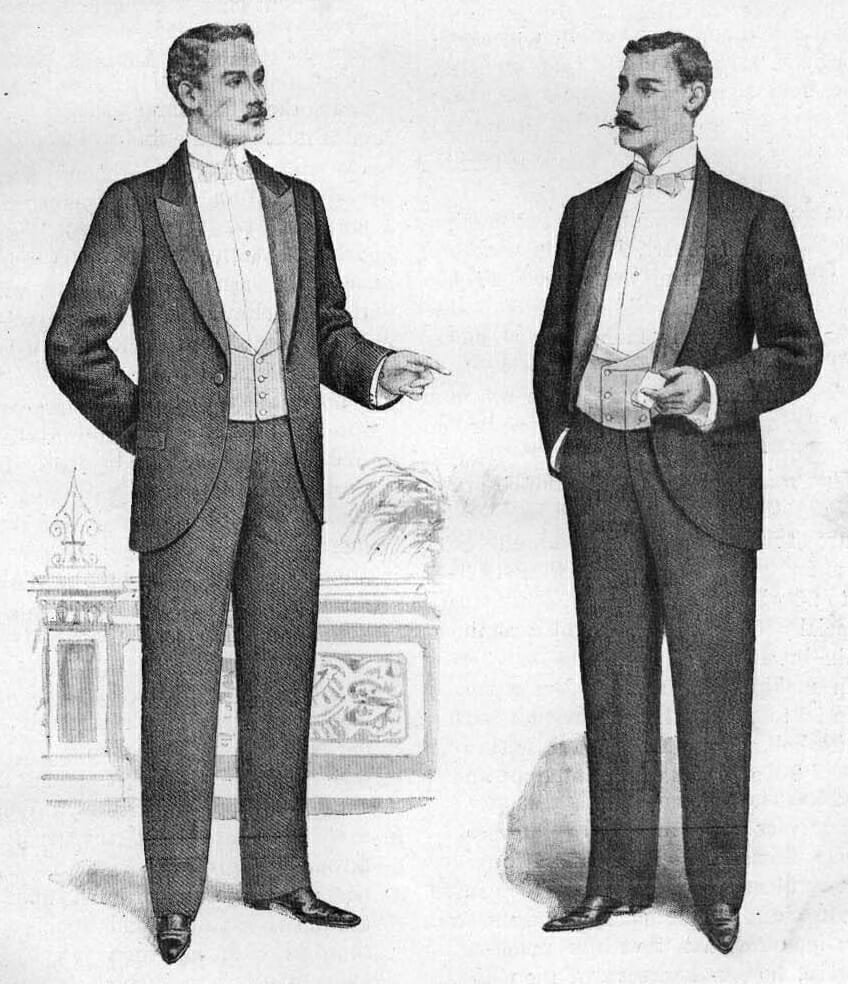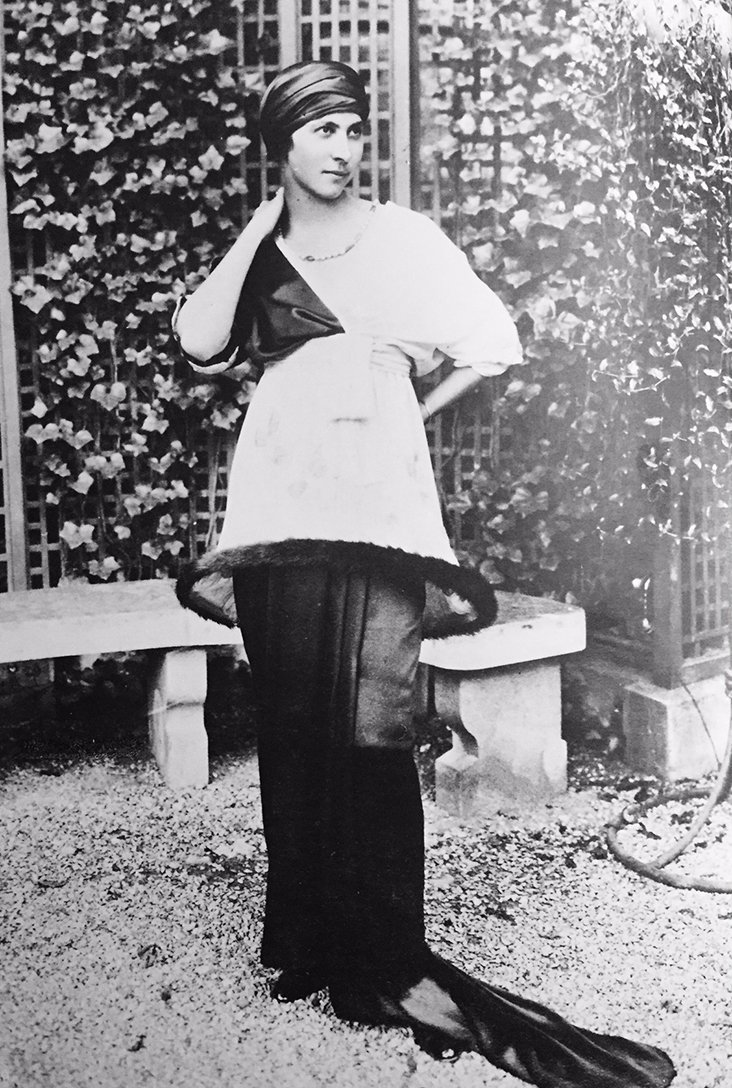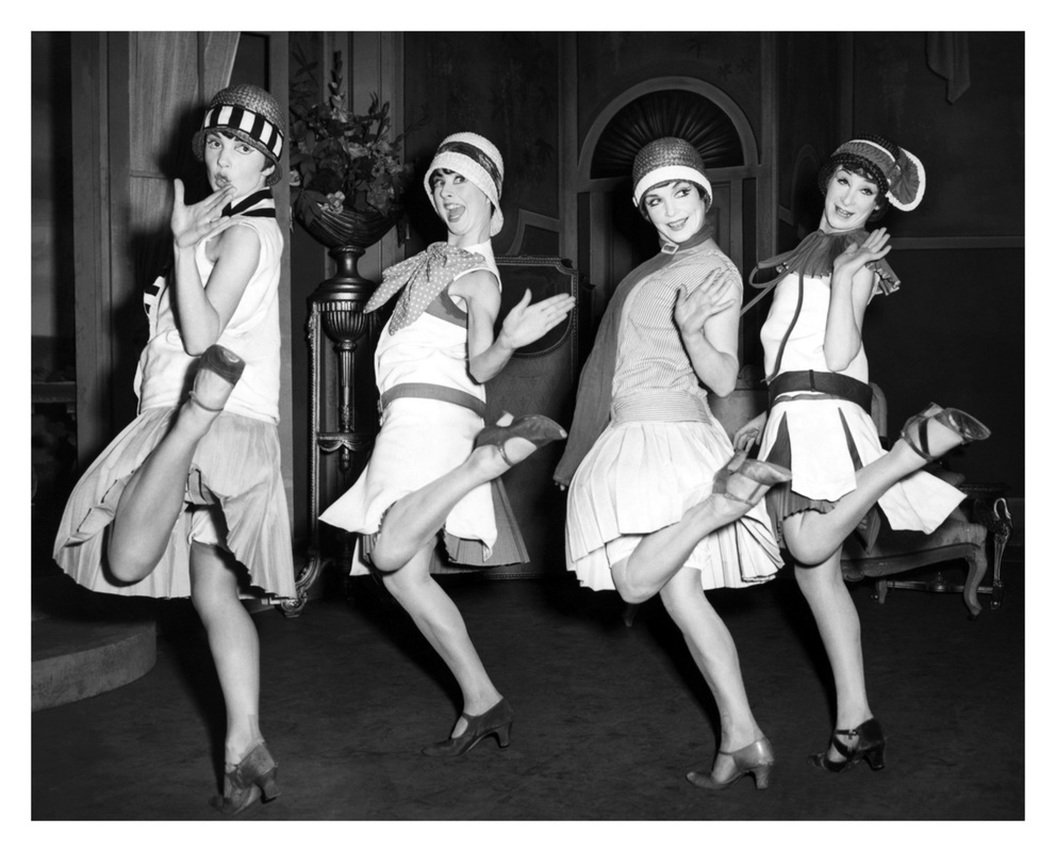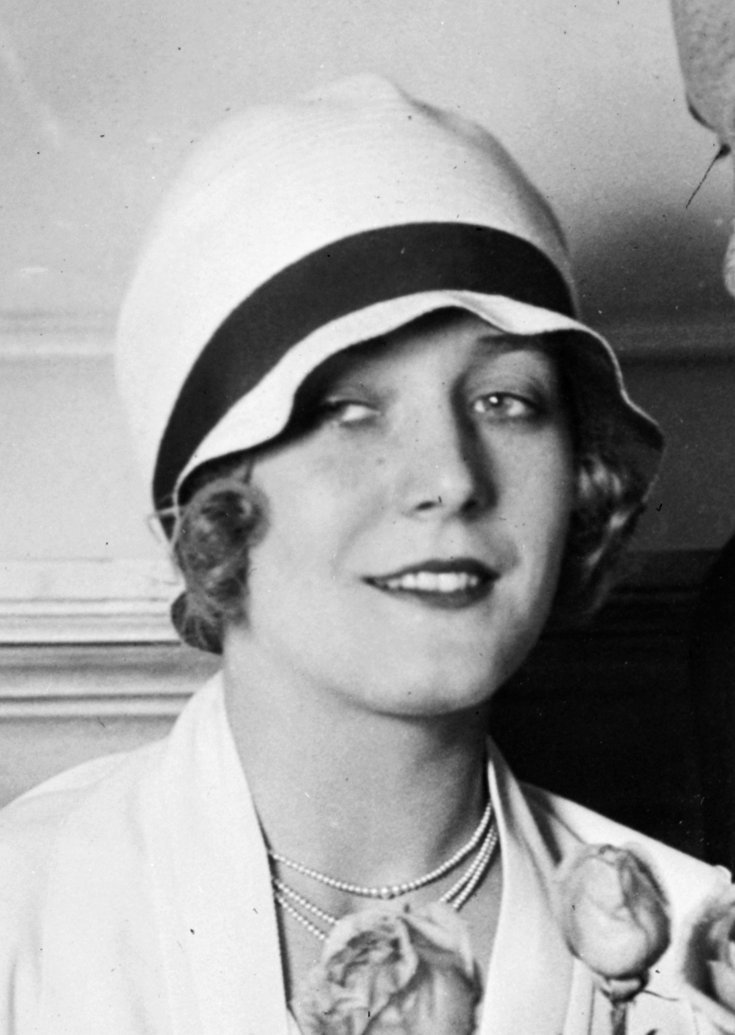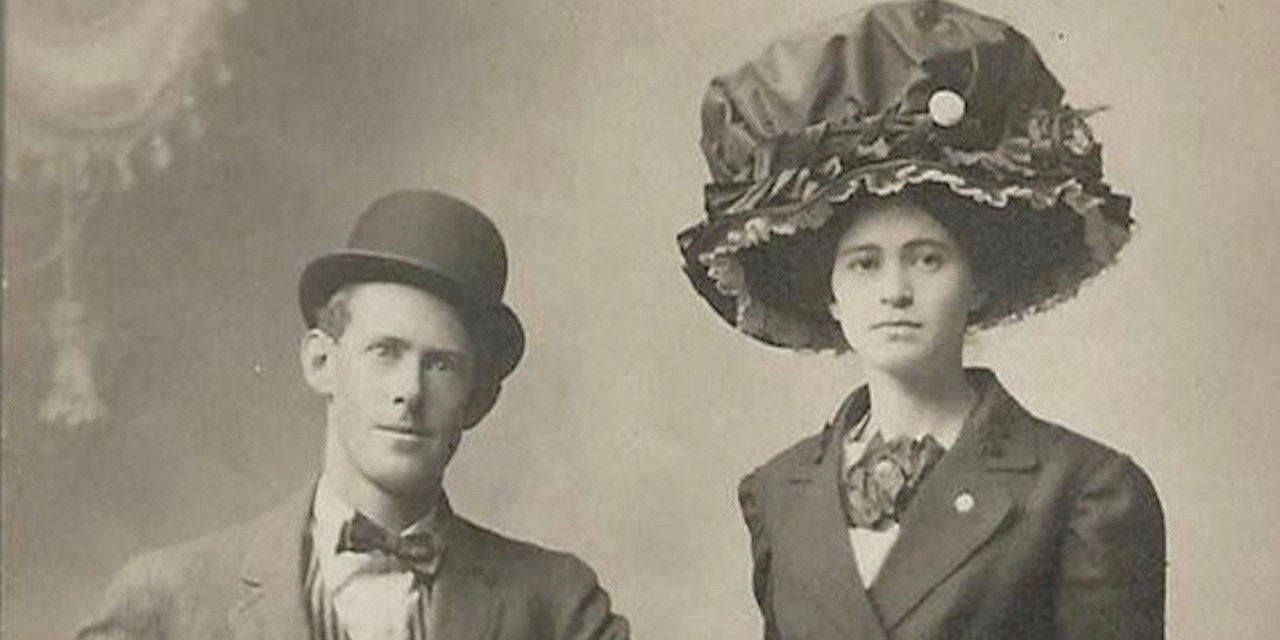
History of Fashion: Morgue File
The Ask
Create a compilation of fashion trends and silhouettes studied throughout the course of the semester. The objective of this project is to provide an educational overview of fashion from 1850 through 1989.
THE PROCESS 🕰️
THE PROCESS 🕰️
-
Crinoline is a skirt made of steel hoops, muslin tape, and petticoat that showed off one’s wealth. The bigger the hoop meant the bigger the home and doorway that the lady owned. James Laver interrupted it as a woman showing fertility, linking it to Queen Victoria who had nine children.
1850 - 1900 (Victorian era)
-
The corset was made of either wood, metal, or bone, defining the small waist of a woman and creating good posture. Husbands made it standard for them to be able to touch thumbs while holding their lady, which was approximately 17 inches.
-
The traditional tuxedo consisted of a starched white shirt, bibs, a white bow tie, black cutaway coat, and satin trousers with a side stripe. This is the formal wear staple for men and is one of the few styles that has not changed. Edward VII, the eldest son of Queen Victoria was the first to wear one in 1860, and was created by his tailor Henry Poole of Savile Row.
1901-1919 (Edwardian Era and World War I)
-
In 1910, Paul Poiret created the lampshade, and seen above is his wife Denise Poiret modeling it. It is a two piece outfit with a raised waist tunic and a wire lined hem that will come in and out of fashion throughout the years. This was usually worn at his parties that he’d throw to promote his brand.
-
The Norfolk jacket was named after Edward’s, Prince of Wales, country home. The jacket was popular for golfing and hunting due to its deep pockets. It was often made of wool tweed, had box pleats on front and back, and a self fabric belt.
-
The Merry Widow hat was popularized in 1907 by the operetta, The Merry Widow. The play was about a woman being able to live a secretly independent life after her much older husband had died. The hat is made of straw, and could be topped with anything that showed off their wealth like birds, feathers, moths, or other insects.
-
The Flapper was the most iconic look from the 20s. The look consisted of short shirts, dropped waist dresses, cloche hats, stockings to the knee and T-bar shoes.
1920’s
-
The T-bar shoe helped flappers look suitable for work during the day, and grab attention for night. They were either made of leather, or silk dyed to match the evening dress.
-
The cloche hat was a tight bell shaped hat that covered the forehead and the back of the neck with either a short brim or none at all.
The Outcome
Throughout my Contemporary Fashion course, I significantly enhanced my research and analysis skills by diligently taking notes during extensive lectures and readings. This process enabled me to provide a comprehensive overview of the evolution of fashion over time. Understanding historical fashion has given me the ability to identify its influence on current trends and accurately predict future ones.


